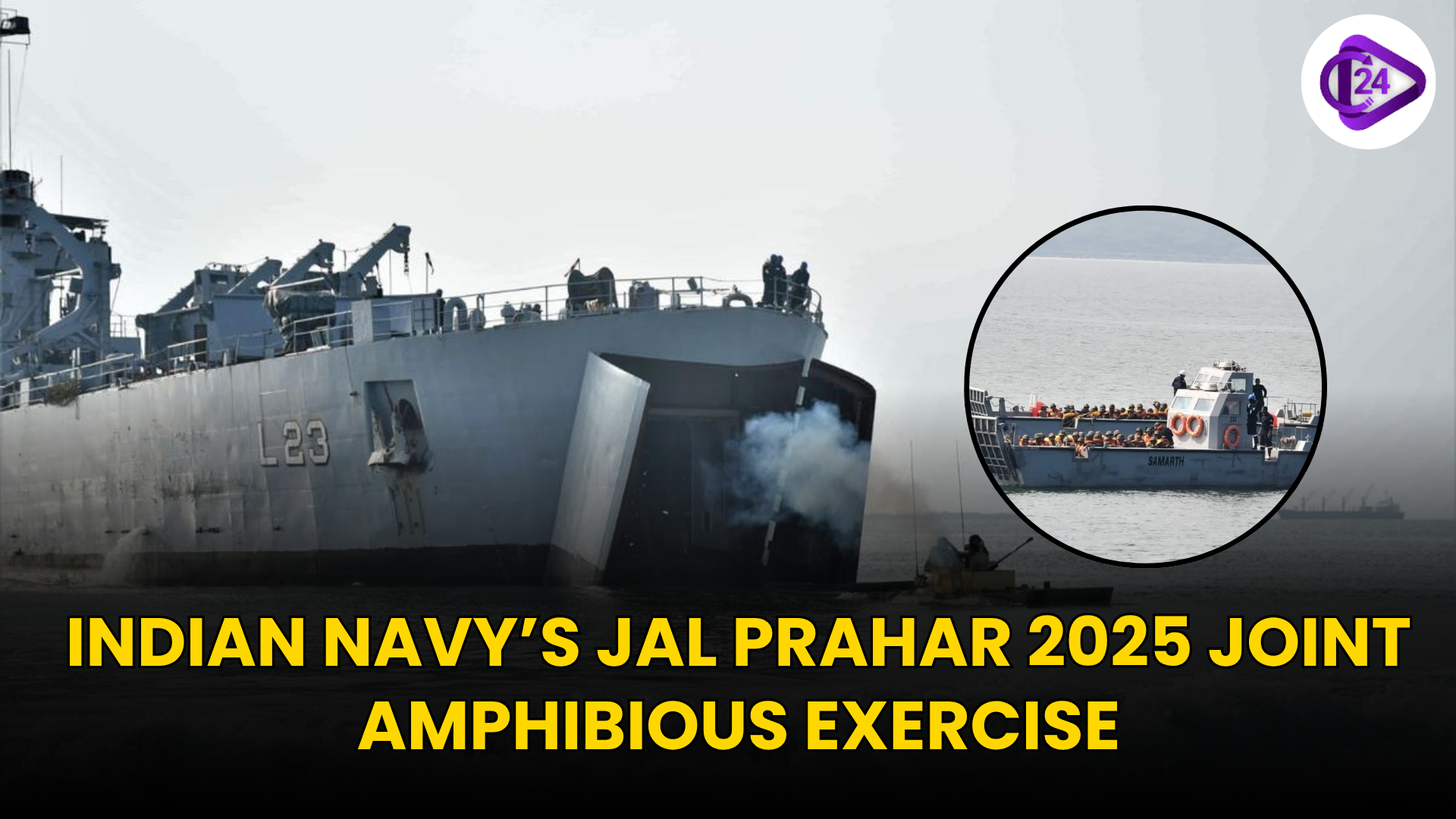
Jal Prahar 2025 was a large-scale joint amphibious exercise of the Indian Navy and Army on the east coast of India held between 16 and 22 September. This exercise was conducted in two stages: the first was a harbour exercise in Visakhapatnam and the second was a sea exercise off Kakinada. The drill was concentrated on force integration, tactical awareness, and overall coordination of large-scale amphibious operations. It also evaluated the ability to land the troops and vehicles on shore as well as in the sea, operational planning, logistics, and communication protocols. The drill underscored India's determination to improve the security at sea and multi-faceted capabilities in operations.
What is the main objective of Jal Prahar 2025?
-
Enhance the collaboration between the Army and the Indian Navy by conducting large-scale amphibious operations.
-
Evaluate the test operational planning, logistics, and communication systems during complex maritime situations.
-
Enhance tactical preparedness through the successful execution of sea-to-shore landings of troops, vehicles, and equipment.
-
Authenticate collaborative protocols and enhance interoperability of real-time operations.
-
Develop resilience to counter possible threats along the eastern seaboard.
-
Strengthen India's maritime security situation in the Indo-Pacific region.
The fundamental purpose of Jal Prahar 2025 is to ensure uninterrupted joint action, as India is committed to maintaining its interests in the sea.
Upgrading Amphibious Warfare: Key Enhancements in Jal Prahar 2025
Amphibious Ships (INS Gharial, etc.): They serve as main platforms that transport the troops, tanks, and vehicles to land them on the shore.
Landing Craft Assault (LCA): It is used to carry soldiers and heavy equipment to the shoreline, even in hard terrain.
Mechanised Infantry Vehicles (BMPs): Permitted rapid transition between beach and inland targets to enhance the attack.
Hard-Beaching Manoeuvres: The ships were beached on purpose to disclose vehicles and soldiers in a short period of time, and in such combat-like situations.
Communication Systems: Real-time communication devices were put to the test to ensure smooth communication between the Army and the Navy.
Joint SOPs and Protocols: Proven to enhance interoperability during amphibious warfare situations.
Tactical Refinements: Concentrated on the timing, the order of landing waves, and the support of the fire to successful amphibious attacks.
Conclusion
Jal Prahar 2025 emphasised the fact that the Indian Navy and Army were becoming capable of carrying out complex amphibious operations in a precise and fast manner. The exercise enhanced joint readiness and interoperability by integrating modern ships, landing crafts, mechanised vehicles, and modern communication systems. It also showed how India is becoming concerned about the security of its coastline and the development of its maritime influence in Indo-Pacific. The exercise reiterated the intent of the country in developing a technologically savvy, tactically acute force geared up towards the challenges of tomorrow.



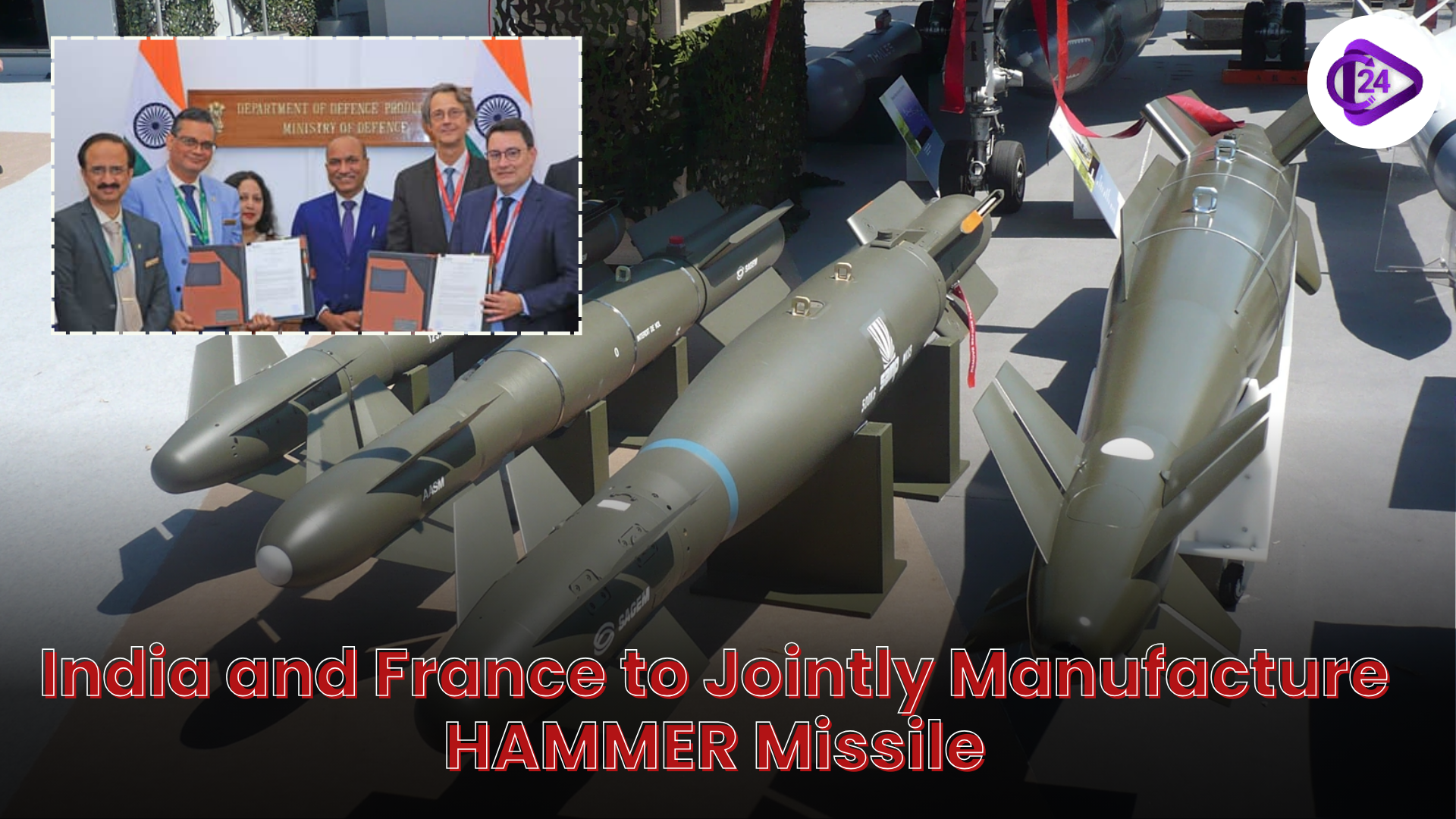 BEL and Safran JV to Manufacture HAMMER Missiles in India
BEL and Safran JV to Manufacture HAMMER Missiles in India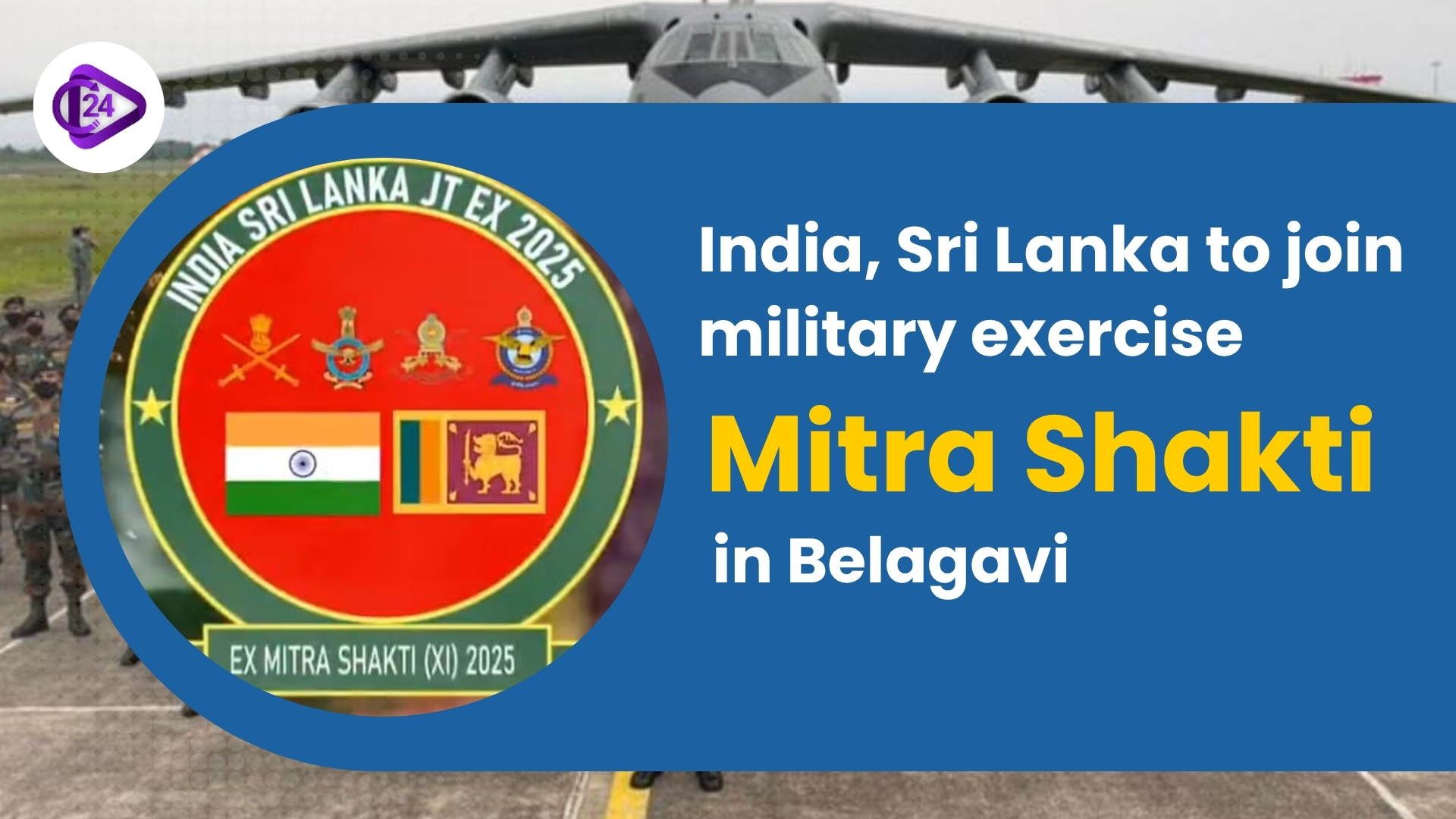 India and Sri Lanka to join military exercise ‘Mitra Shakti’ in Belagavi
India and Sri Lanka to join military exercise ‘Mitra Shakti’ in Belagavi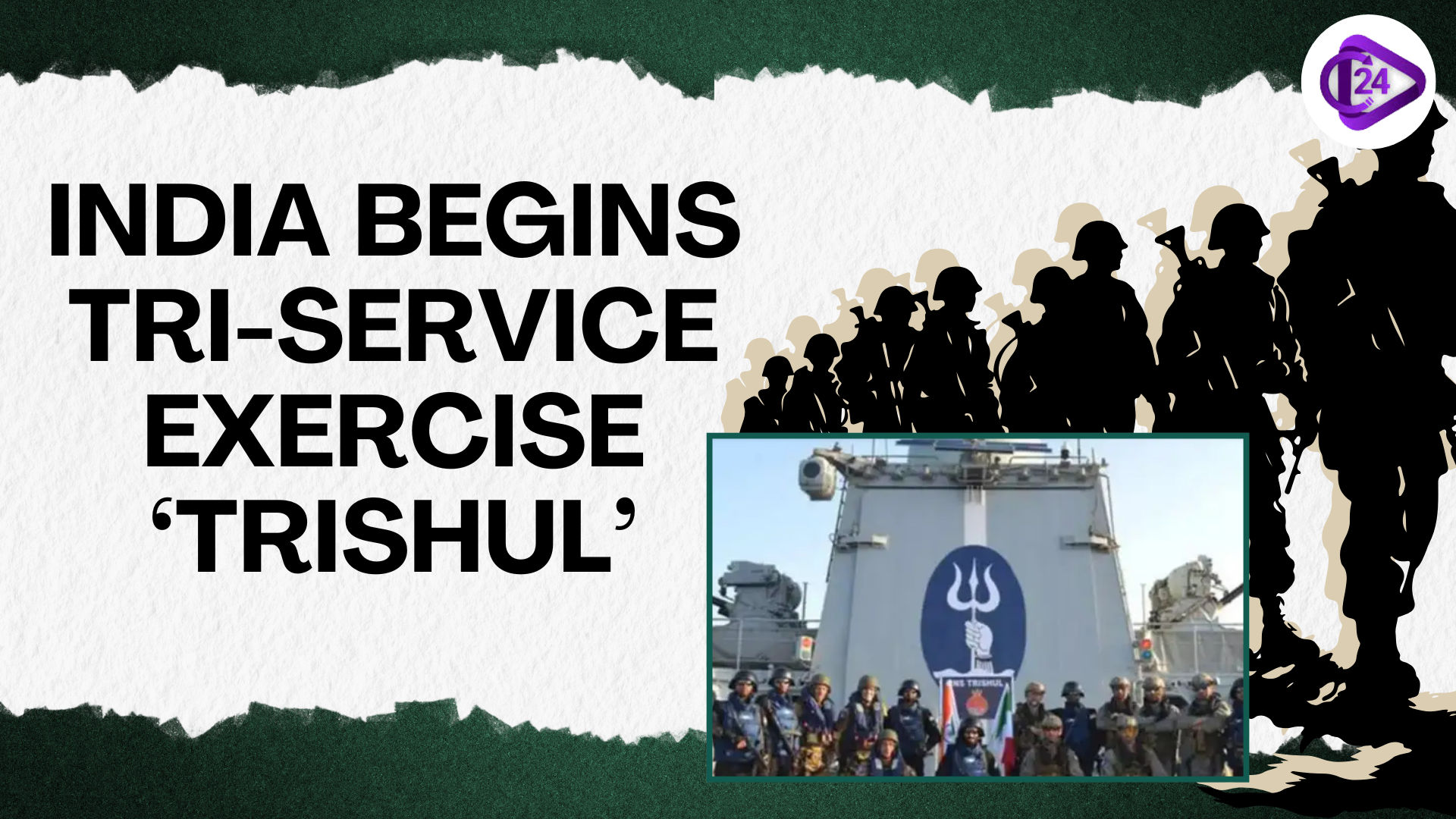 India Launches Tri-Service Exercise ‘Ex Trishul’ Along Western Front
India Launches Tri-Service Exercise ‘Ex Trishul’ Along Western Front HAL Strengthens India’s Aviation Industry with SJ-100 Aircraft Manufacturing
HAL Strengthens India’s Aviation Industry with SJ-100 Aircraft Manufacturing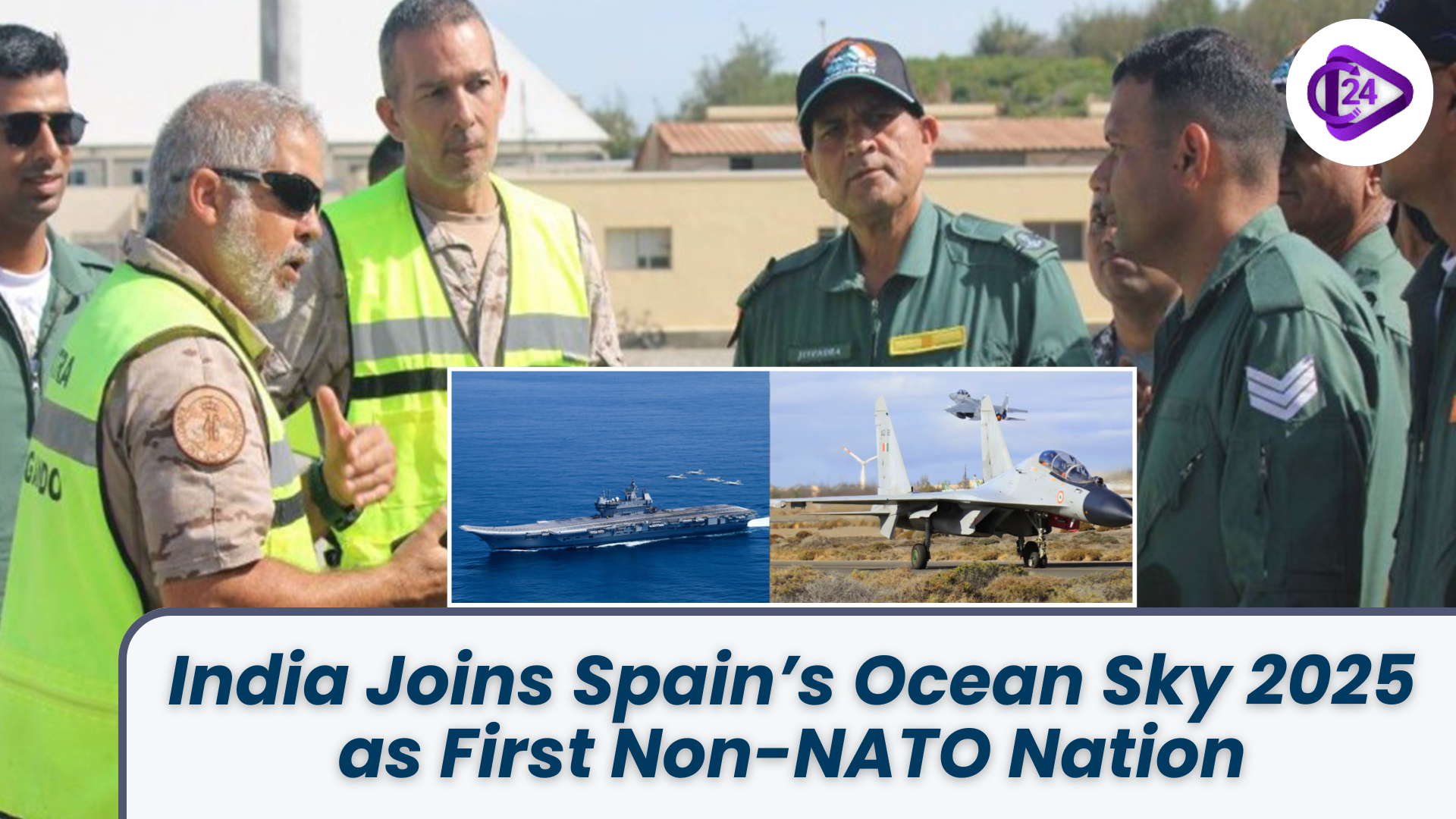 India Becomes First Non-NATO Country to Join Spain’s Exercise
India Becomes First Non-NATO Country to Join Spain’s Exercise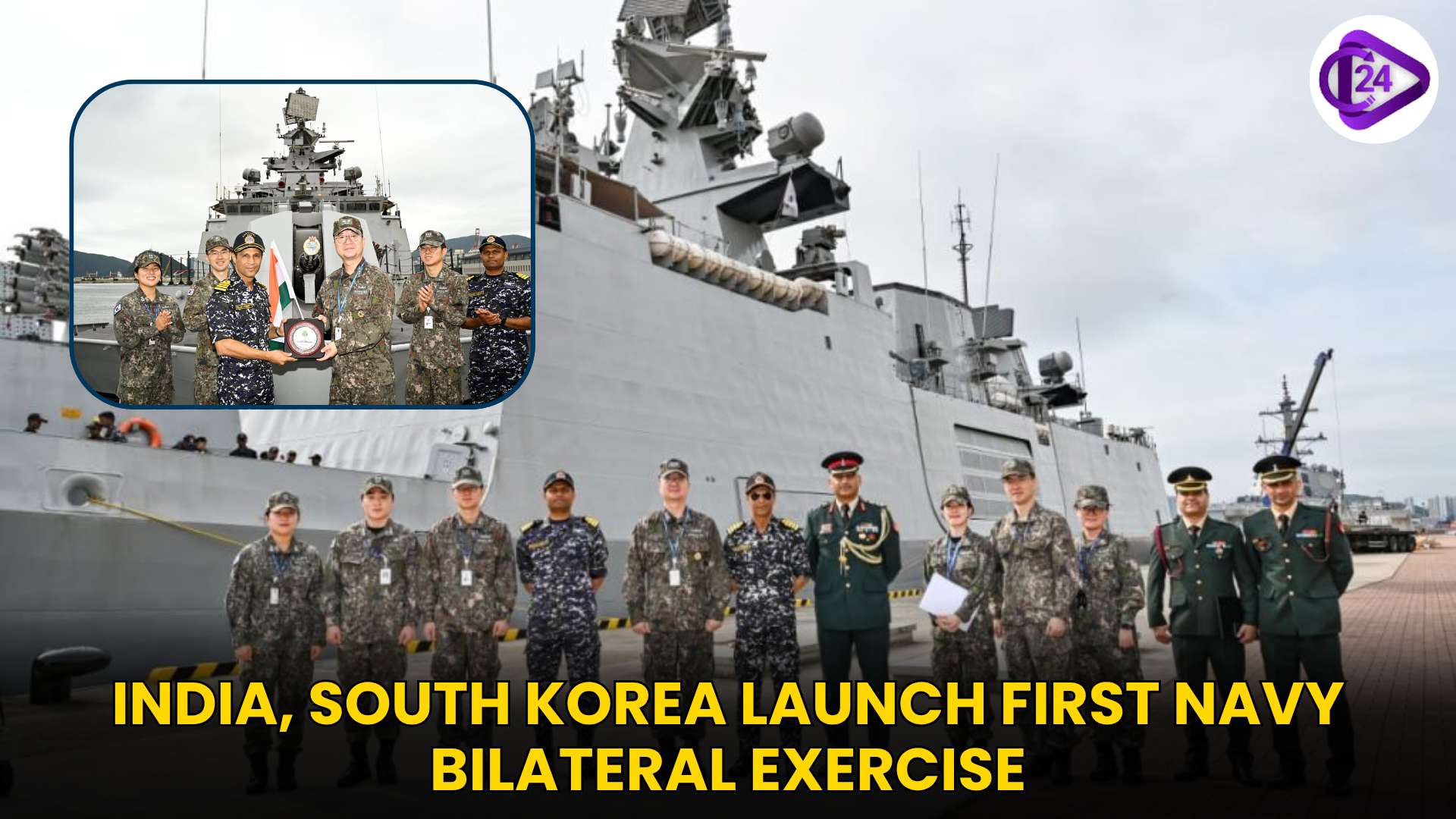 India, South Korea Launch First Bilateral Navy Exercise to Boost Maritime Cooperation
India, South Korea Launch First Bilateral Navy Exercise to Boost Maritime Cooperation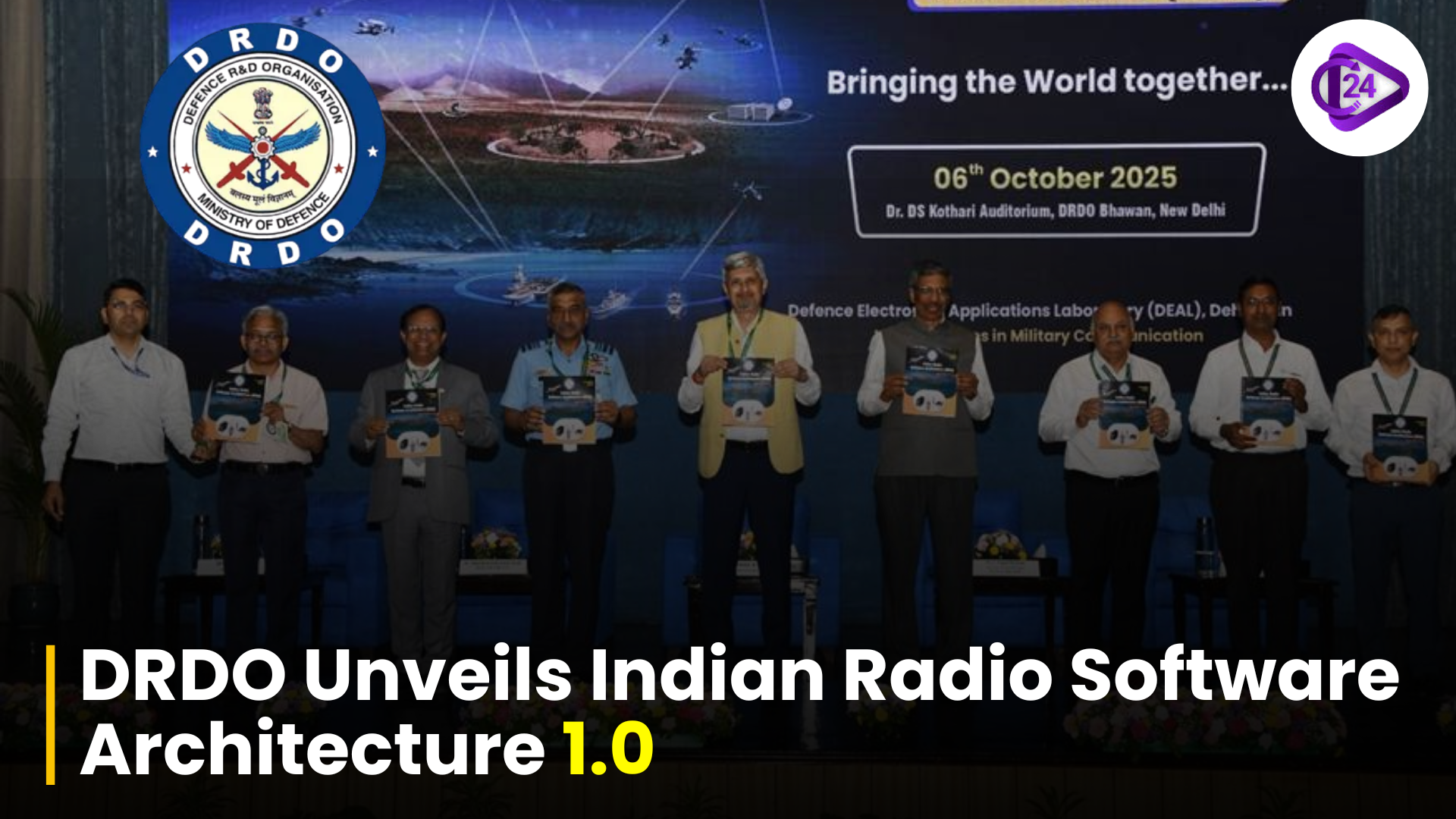 DRDO Strengthens India’s Defense Capabilities with Radio Software Architecture 1.0
DRDO Strengthens India’s Defense Capabilities with Radio Software Architecture 1.0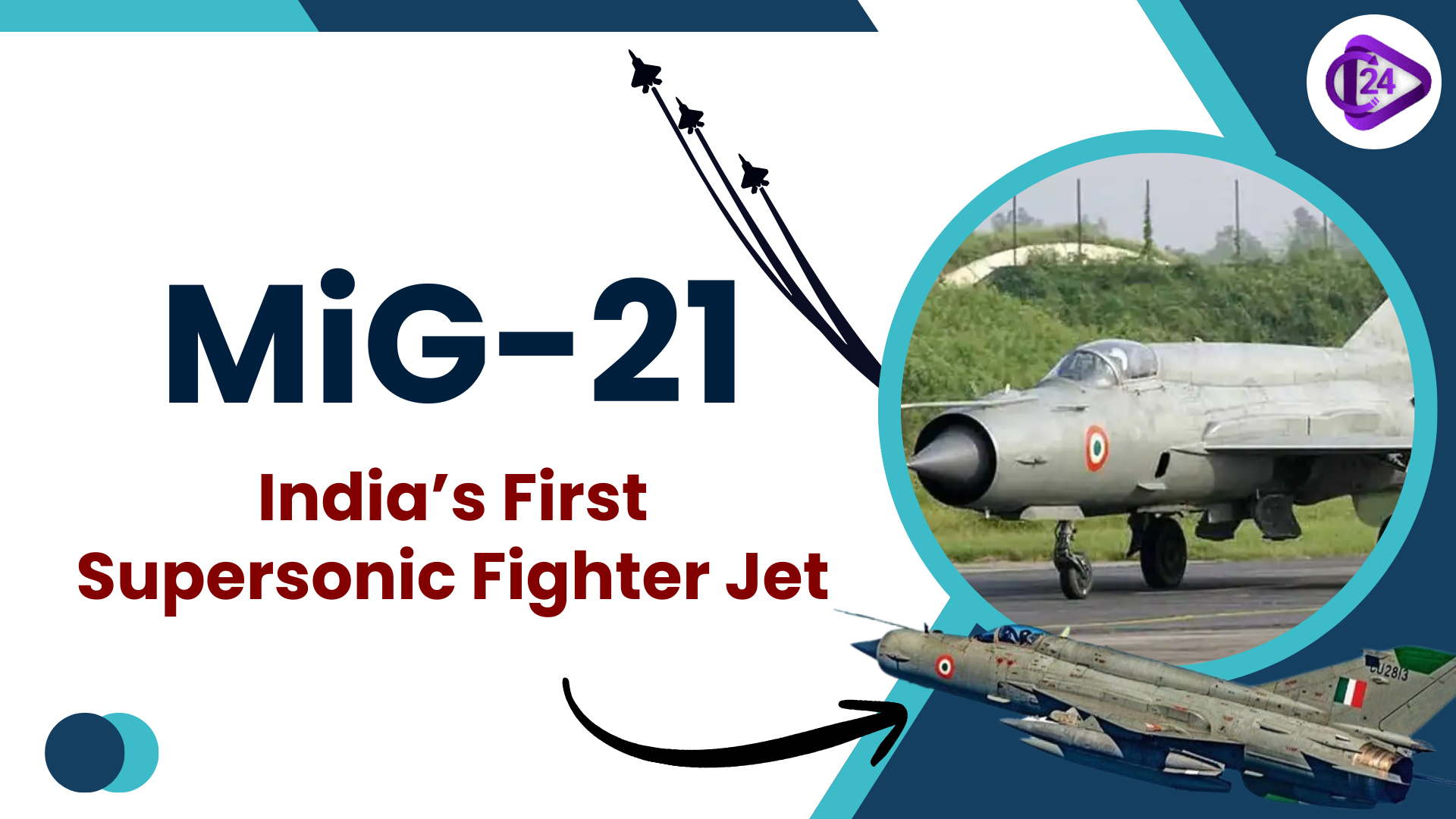 MiG-21 Retirement in Indian Air Force: End of an Era for India’s Iconic Fighter Jet
MiG-21 Retirement in Indian Air Force: End of an Era for India’s Iconic Fighter Jet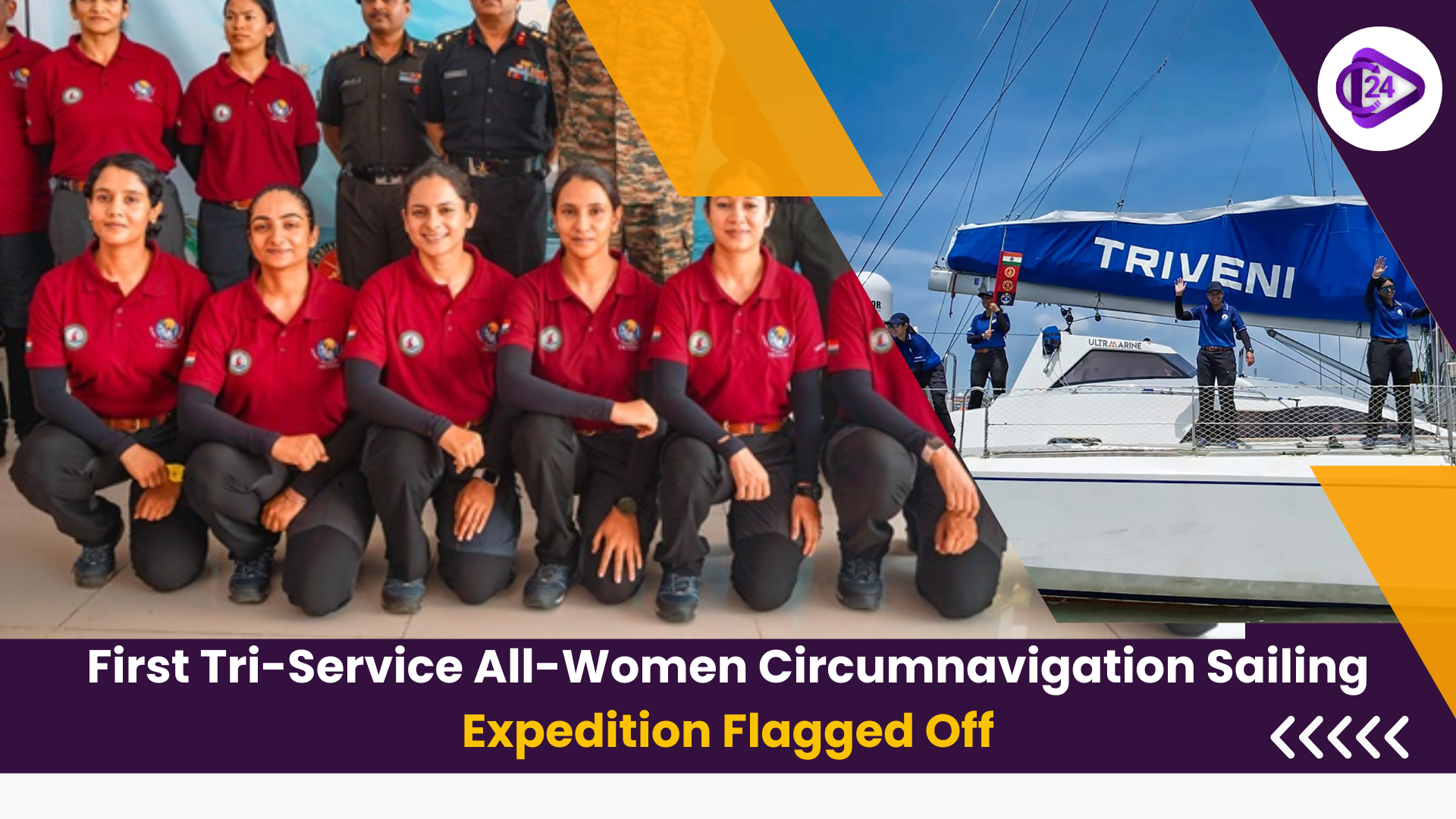 First Tri-Service All-Women Circumnavigation Sailing Expedition Flagged Off
First Tri-Service All-Women Circumnavigation Sailing Expedition Flagged Off






